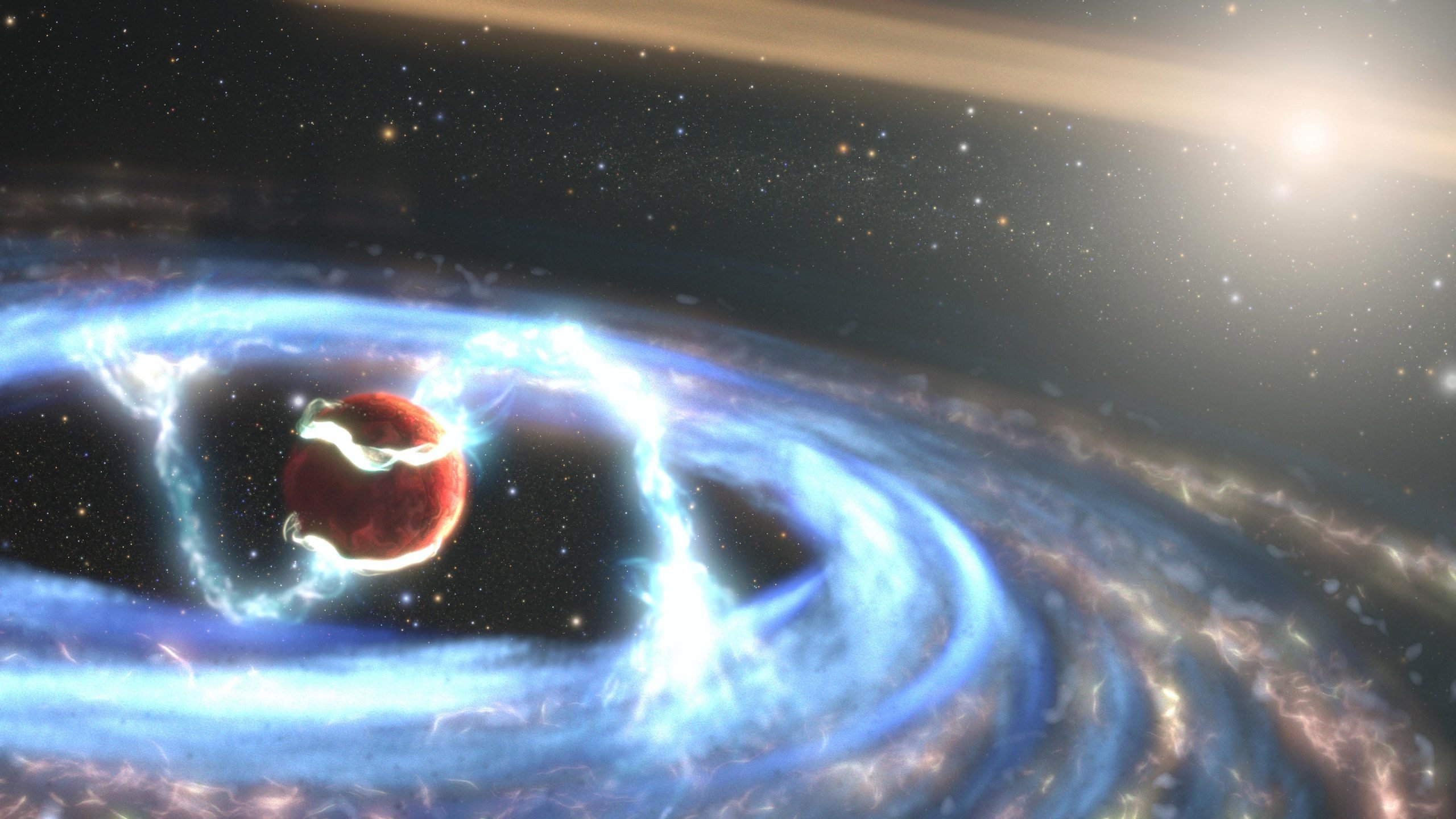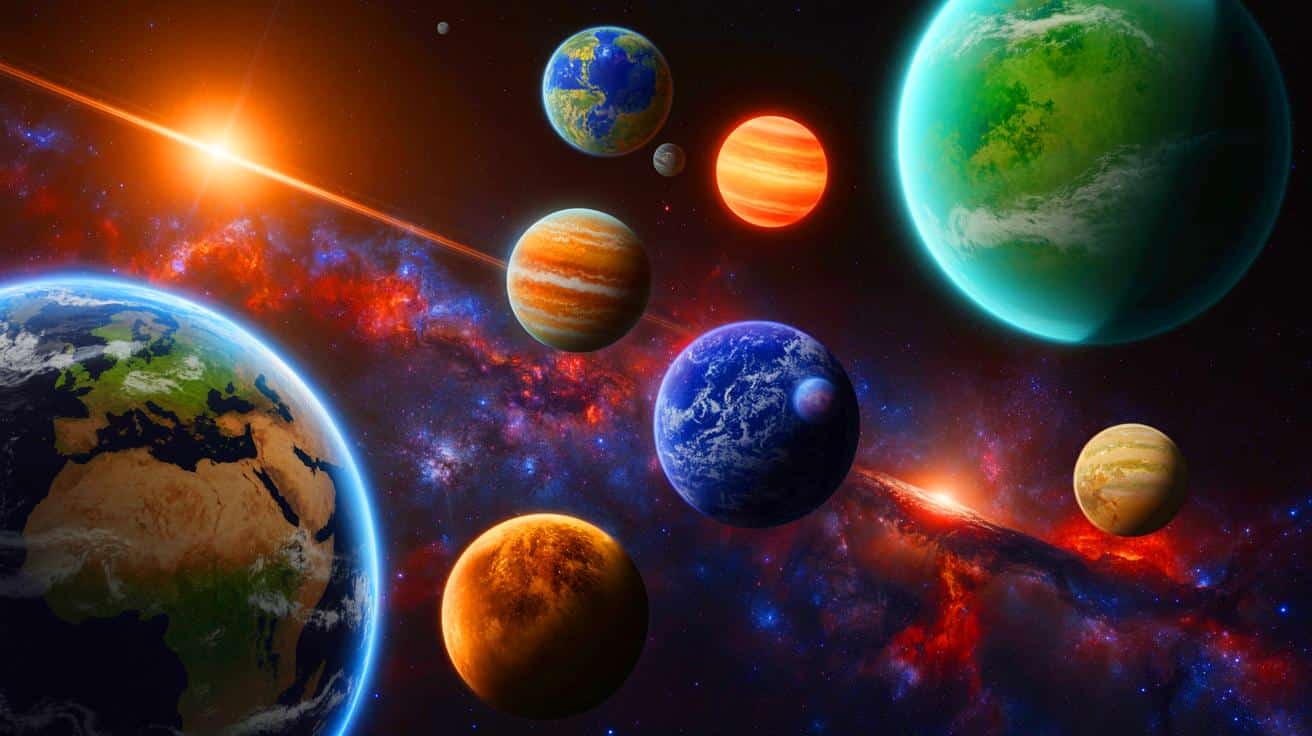Astronomers Probe Milky Way's Black Hole History Through Ejected Stars

The research article recently reviewed by Science X emphasizes the importance of forensic astronomy in understanding the history of black hole mergers in the Milky Way. While gravitational waves have confirmed that black hole mergers occur, astronomers are looking for alternate methods to piece together the timeline of these cosmic events. The study, led by Sill Verberne from the Leiden Observatory at Leiden University, investigates stars ejected from the Galactic Center (GC) as potential clues to black hole merger history.
At the heart of most large galaxies, including our Milky Way, lies a supermassive black hole (SMBH), like Sagittarius A* (Sgr A*), which can possess billions of solar masses. Alongside this, the Milky Way is home to an estimated 50 confirmed or candidate stellar mass black holes, each with masses in the range of tens of solar masses, and it is believed that millions more may exist. Intermediate mass black holes (IMBH), which range up to 100,000 solar masses, are still considered candidates rather than confirmed entities.
The connection between these varying types of black holes suggests that SMBHs, including Sgr A*, have grown massive over time through a complex history of mergers. To uncover this history, astronomers have turned to the ejection of stars from the GC, which can happen during black hole mergers. The latest research titled “Searching for stars ejected from the Galactic Centre in DESI” has been submitted to the journal Astronomy and Astrophysics and aims to identify these ejected stars, particularly those that move at slower speeds compared to hypervelocity stars.
Utilizing the Dark Energy Spectroscopic Instrument (DESI), attached to the Mayall Telescope at Kitt Peak Observatory in the United States, the researchers combined data from DESI and Gaia to investigate stellar populations in the halo of the Milky Way. The DESI project is renowned for its extensive spectroscopic survey, which seeks to unravel the mysteries surrounding the universe's expansion and the role of dark energy.
While many hypervelocity stars have been recorded as ejected from the GC, the focus of this study is on slower-moving stars, which could also provide insights into the black hole merger history. However, identifying these stars within the chaotic stellar halo, a region filled with diverse stellar populations and remnants from smaller galaxies, presents a significant challenge. The stellar halo is complex, comprised of various substructures, and each stellar population displays unique characteristics, such as different metallicities and kinematics.
The researchers filtered their search by focusing on both the velocity and metallicity of stars. They hypothesized that stars ejected from the GC would have high metallicities and low vertical angular momentum. The first step of their analysis involved simulating the characteristics of ejected GC stars, which served as a reference for their identification in the DESI and Gaia datasets. They aimed to differentiate these ejected stars from other stellar populations that may occupy similar parameter spaces, such as remnants from the Gaia-Sausage/Enceladus dwarf galaxy.
Upon concluding their analysis, the research team found no stars in the halo arising from past SMBH mergers with Sgr A*. While a non-detection might typically be viewed as a setback in scientific studies, in this context, it serves a purpose. The absence of detected ejected stars provides a valuable constraint on the expected ejection rate from the GC over the past 5 billion years, which they calculated to be no greater than approximately 2.8 × 10−3 per year. This finding aligns with the anticipated rates stemming from stars disrupted by the Hills mechanism, a process where binary stars are torn apart due to interactions with a supermassive black hole.
The researchers concluded by underscoring the significance of their findings. The lack of detectable ejected stars serves to constrain the merger history of Sgr A* over billions of years, providing astronomers with a clearer but still limited understanding of the evolution of our galaxy’s central black hole.



























